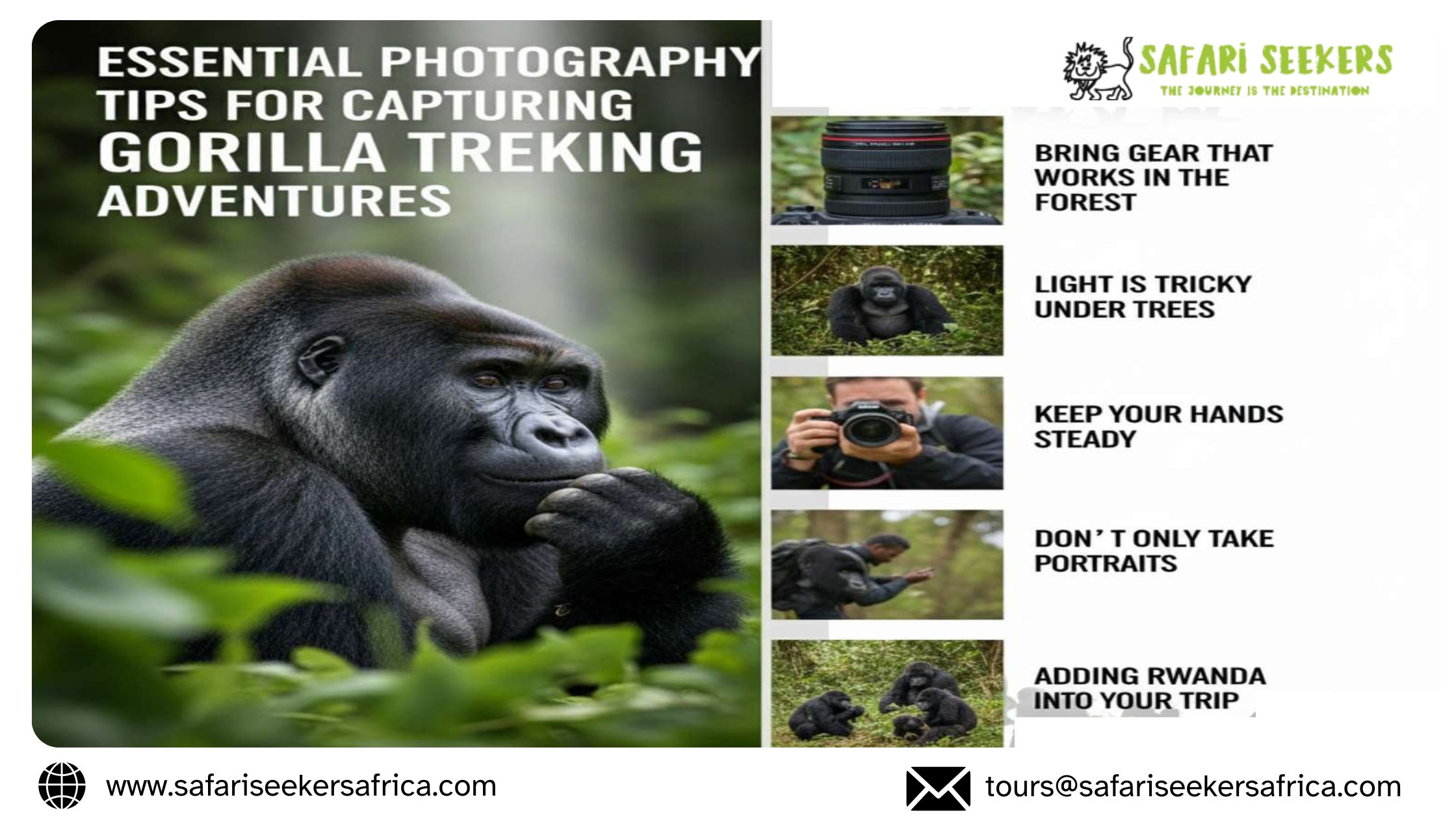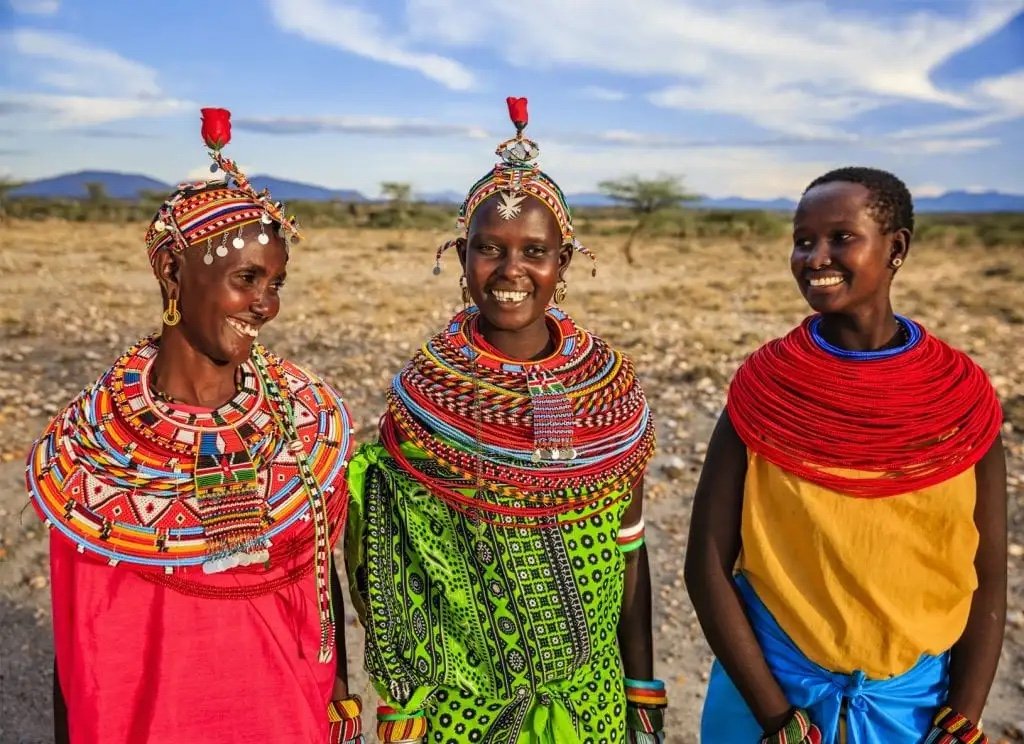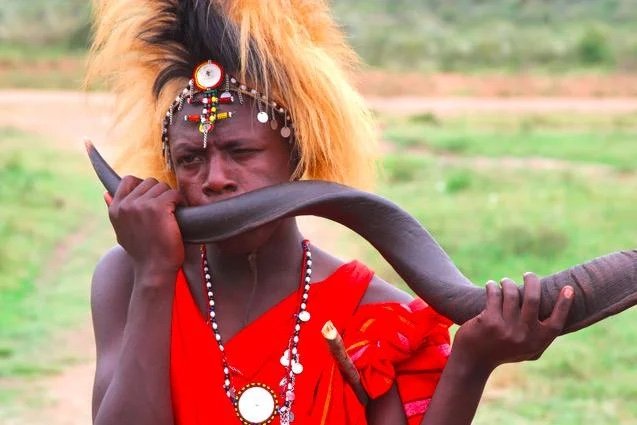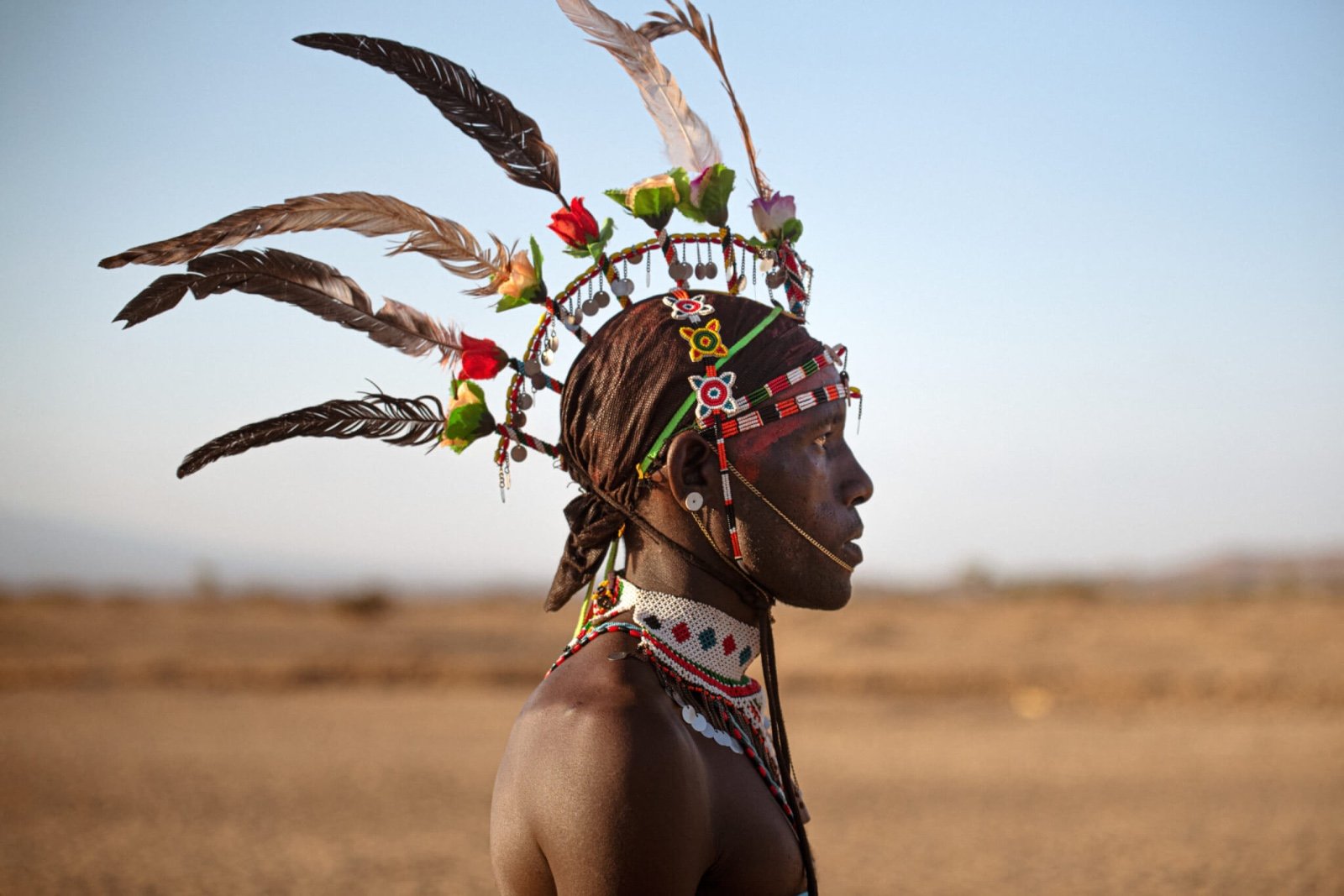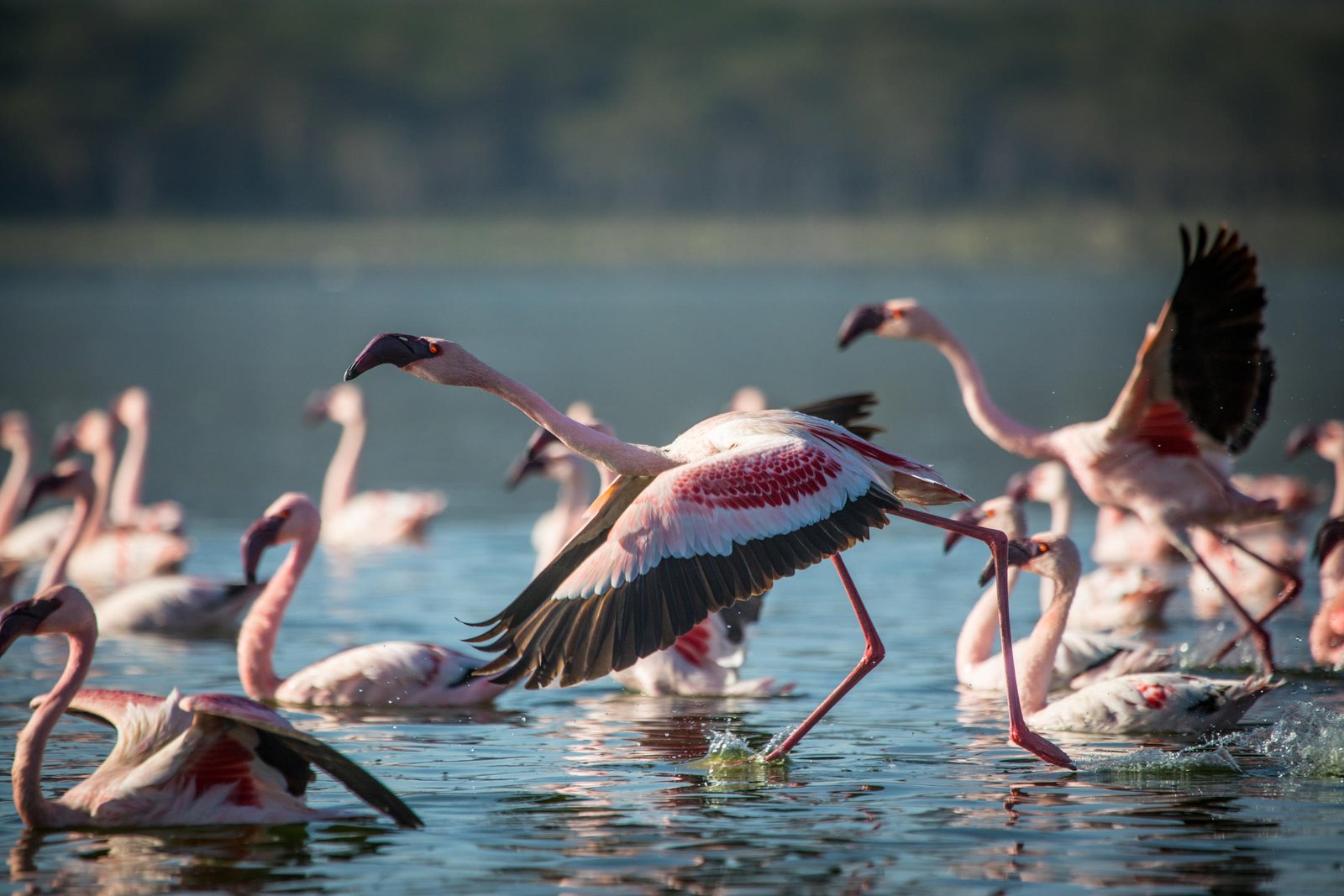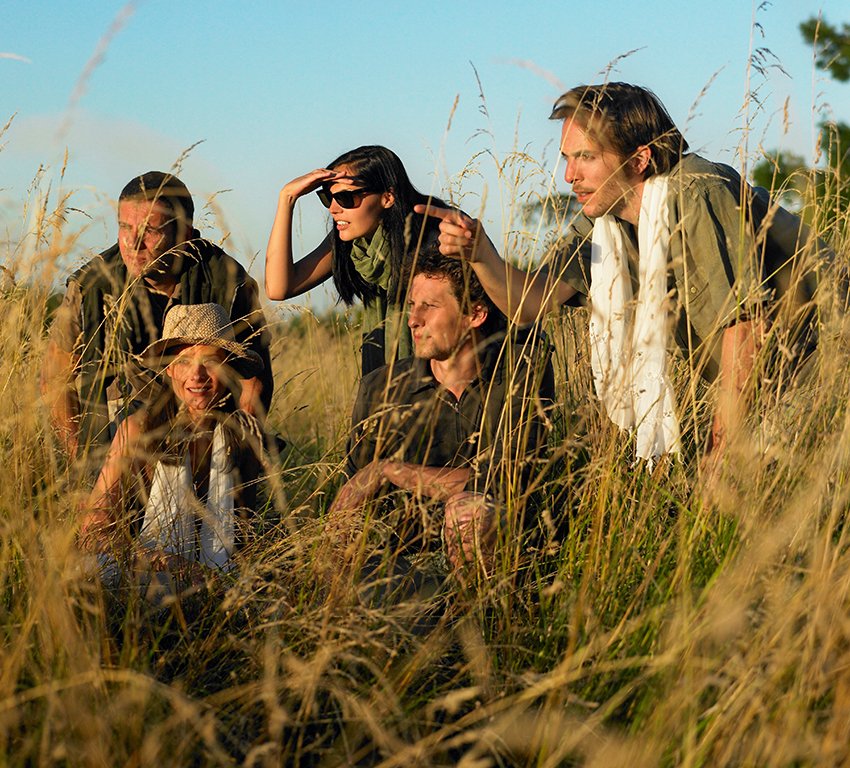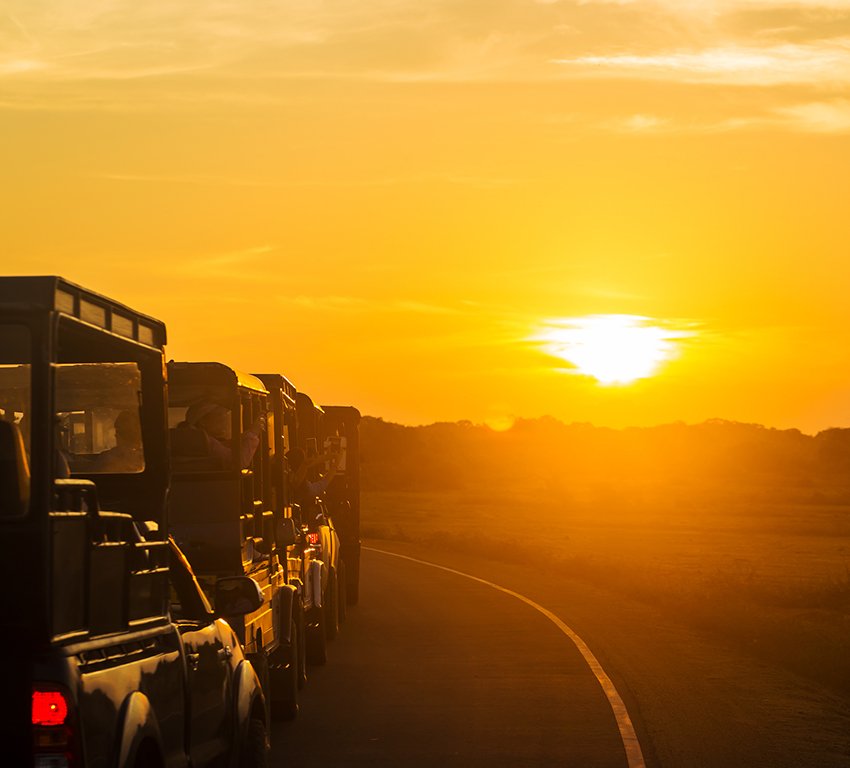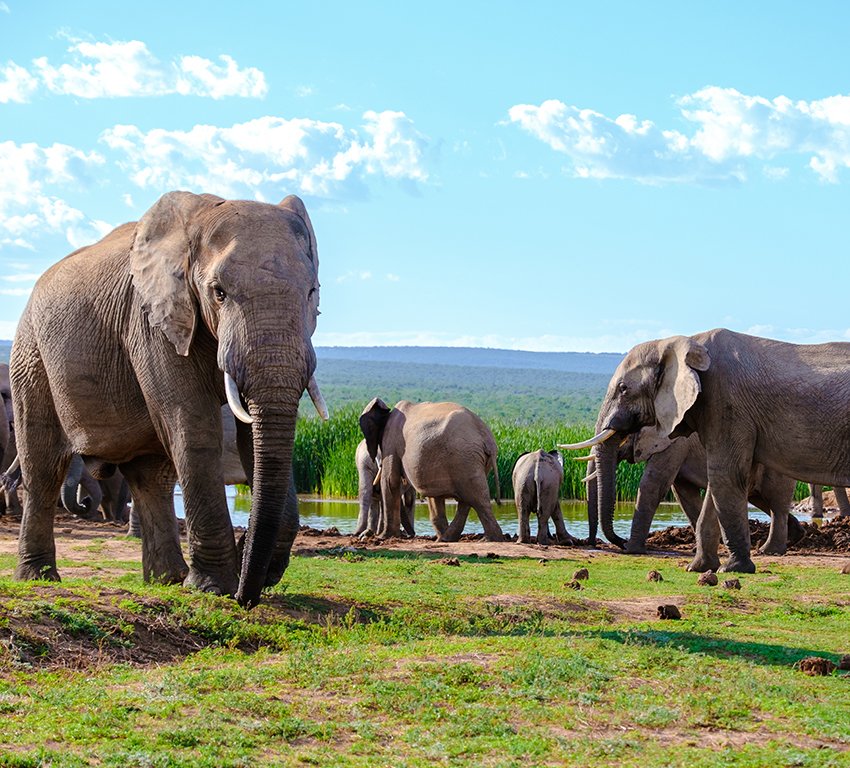Top Lodges for an Unforgettable Safari Experience in Kenya
There are several popular lodges in Kenya that offer exceptional safari experiences. Here are a few well-regarded options:
-
- Governors’ Camp Collection: Governors’ Camp has a long-standing reputation for offering high-quality safari experiences in Kenya. They have several camps and lodges in various locations, including the Maasai Mara, where you can experience luxury tented accommodation, excellent game drives, and knowledgeable guides.
- Angama Mara: Located in the Maasai Mara, Angama Mara is known for its spectacular views overlooking the Great Rift Valley. They provide luxurious accommodations, personalized service, and unique safari experiences.
- Elephant Bedroom Camp: Situated in Samburu National Reserve, Elephant Bedroom Camp offers a boutique safari experience with spacious tents, delicious cuisine, and close encounters with elephants and other wildlife

- Porini Safari Camps: Porini operates several small, eco-friendly camps across different conservancies in Kenya, including the Maasai Mara, Amboseli, and Laikipia. They offer exclusive wildlife experiences, guided walks, and immersive interactions with local communities.
- Gamewatchers Safaris: Gamewatchers Safaris is a reputable tour operator offering tailored safari itineraries. They have a range of accommodation options, including luxury lodges, tented camps, and mobile camps, and their experienced guides ensure an informative and enjoyable safari experience.
- Drunken Elephant Mara: Drunken Elephant Mara is a unique and trendy lodge in the Maasai Mara. Known for its relaxed atmosphere and rustic charm, it offers cozy accommodations and authentic safari adventures.

These are just a few examples, but there are many other fantastic lodges and tour operators in Kenya to choose from. It’s always a good idea to read reviews and do some research to find the best option that aligns with your preferences and budget.




